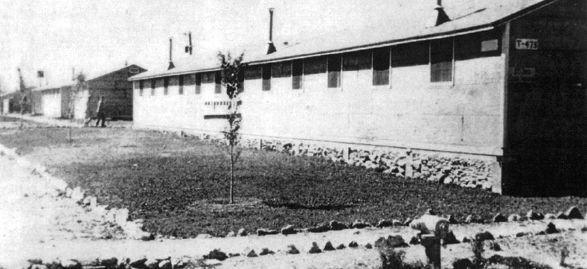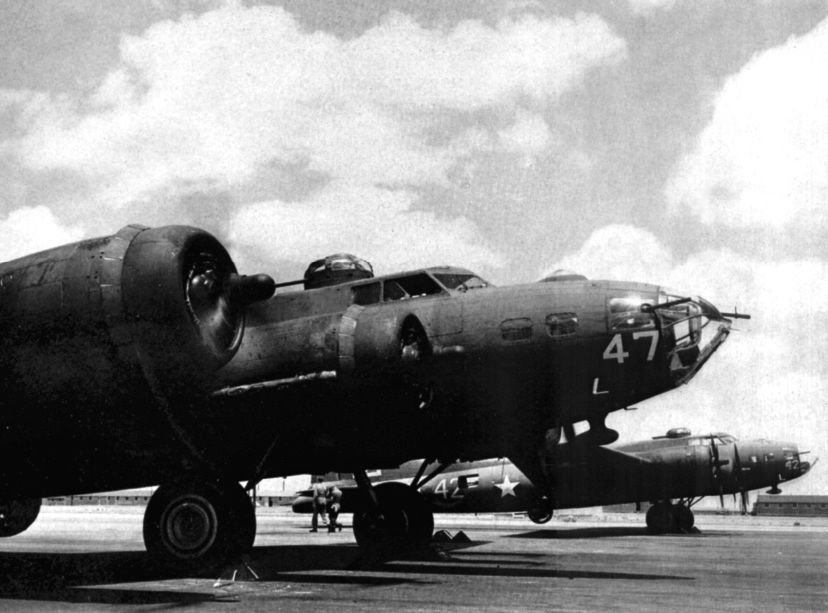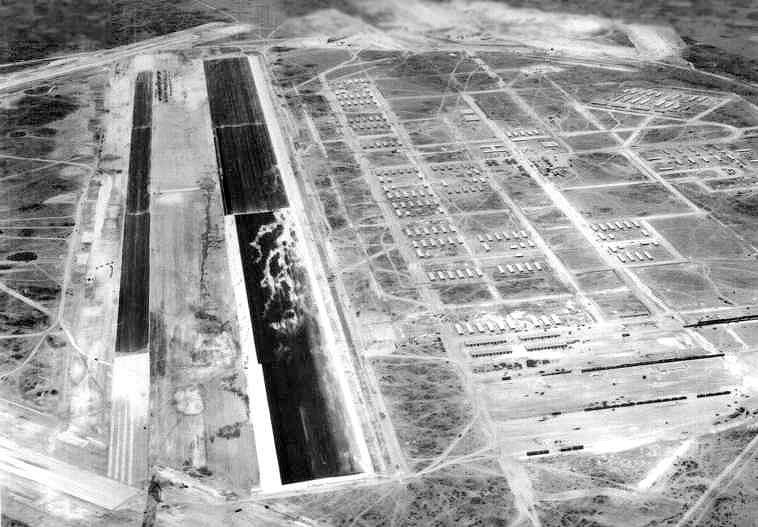January 1944 - May 1944
Hobbs Army Air Field - Hobbs, NM
The primary mission at the Hobbs Army Air Field was the training of pilots. The cadets who came to the airfield were pilots who already knew how to fly, but they needed additional schooling called “four-engine transition” training which meant that they were learning to fly large four-engine B-17 bombers.
The training goals were quite simple: train the pilots and move them to the combat zones as quickly as possible. The instructors had nine weeks to graduate each incoming class. A pilot’s training day ran from 6 a.m. to midnight and included long-range weekend flights that lasted 10 hours.
A cadet’s total flying time over the nine weeks was 105 hours, including instrument training, formation flying and altitude flying. In addition to the time spent in the air, every cadet was given: 1) a thorough course in Army Air Forces technical orders and regulations on flight safety, 2) instruction on how to file flight plans and, 3) an understanding of base operations. They learned to use the aircraft’s radio as well as oxygen and navigation equipment on board. Cadets were instructed in how to handle emergency procedures such as runway overshoot, engine failure, engine fires and landing gear failure. They were taught how to properly abandon an aircraft, both in-flight and in the case of a crash landing.
From John’s letter to his family: “We’re classed as Student Officers. We’ll be here 9 weeks for B-17 Flying Fortress transition. We won’t fly for several weeks, but have a full day of ground school on engineering, etc. Only about 25% of us have had B-25 training. The town is a wretched affair - a small town scattered all over and boasts about 4 restaurants and 6 honky tonks. But the post seems nice and we have a swell Officers Club with a circle bar, ballroom and the food is really tops.”

















